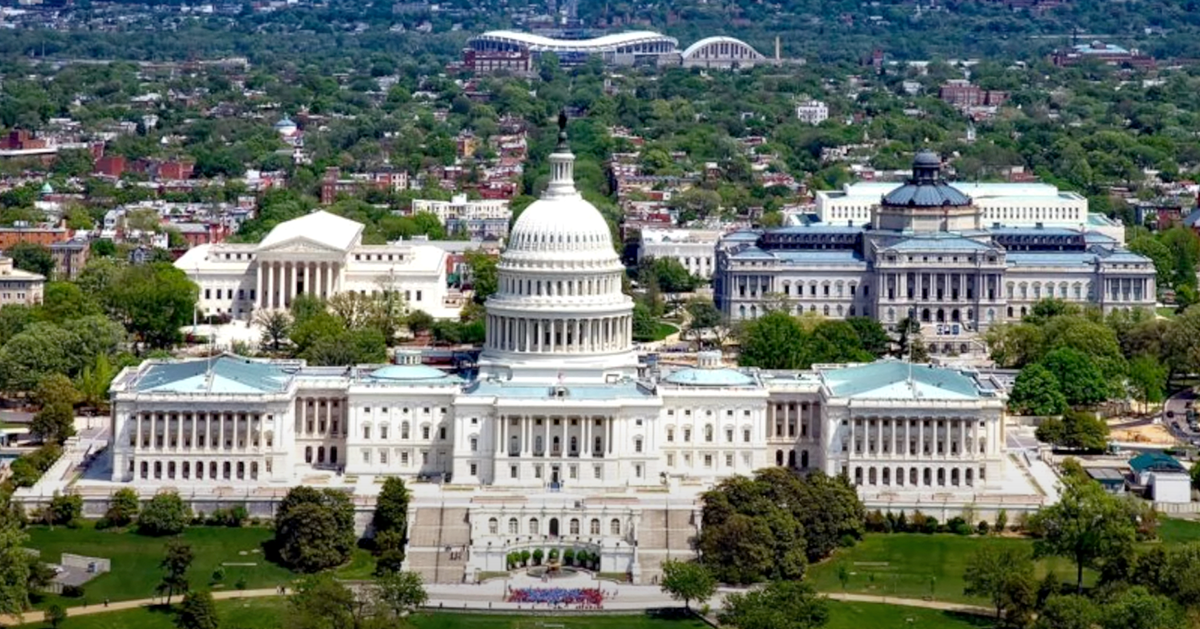Supreme Court declines opportunity to revisit key free speech ruling
On Monday, the U.S. Supreme Court declined to hear a critical challenge to a landmark case that set the precedent for proving defamation involving public figures.
The court's decision leaves intact the standard of "actual malice," first established in the 1964 New York Times v. Sullivan case, which requires public figure plaintiffs to demonstrate that false information was published either with knowledge of its falsehood or reckless disregard for the truth, as the Washington Times reports.
The case that brought this question before the Supreme Court involved Steve Wynn, a prominent casino mogul. Wynn sought to overturn the longstanding precedent of New York Times v. Sullivan. He aimed to challenge the high threshold required for proving defamation or libel against public figures, arguing that the standard should be reconsidered.
Wynn's Legal Battle Against the Press
Wynn's legal journey began with an appeal following a lower court ruling unfavorable to him. He had been involved in a suit against the Associated Press over reports of sexual misconduct allegations that extend back to the 1970s. Wynn denied these allegations but was unsuccessful in his attempt to secure a ruling in his favor at the appellate level.
The Supreme Court's rejection of Wynn v. Associated Press came without accompanying commentary. Under court rules, at least four justices must vote in favor of hearing a case for it to proceed to oral arguments. In this case, that threshold was not met.
Legal experts were keenly observing the appeal, as some of the justices had previously expressed interest in revisiting the Sullivan precedent. Justices Clarence Thomas and Neil M. Gorsuch, in particular, have mentioned re-evaluating the impact and applications of this significant First Amendment decision.
The Ongoing Significance of New York Times v. Sullivan
The original New York Times v. Sullivan case has been a cornerstone of media law and free speech rights in the United States. It established a critical balance by protecting the press and other entities from frivolous defamation suits while still providing a pathway for public figures to seek redress for genuine misrepresentations made with "actual malice."
The concept of "actual malice" implies that the defendant was aware of the false nature of the information prior to publication or acted with reckless disregard for its truthfulness. This is a high bar to meet and has shaped the landscape of U.S. media law for decades.
Through his appeal, Wynn sought to challenge this framework, arguing that the existing standard is excessively protective of the press and hampers the ability of public figures to defend their reputations. Despite his efforts, the Supreme Court's decision to forgo a review means the current legal standard remains unaltered.
Impact of High Court's Decision
The refusal to hear the case reinforces the judiciary's stance regarding the protections afforded to the press under the First Amendment. This decision is likely to maintain the status quo, ensuring that public discourse can continue with robust reporting, even if it sometimes involves contentious and controversial allegations.
The high standards required for defamation and libel suits are meant to ensure that the press can operate without undue fear of litigation, thus fostering a climate in which investigative journalism can thrive. Supporters of the Sullivan standard argue that it plays a crucial role in facilitating a free and open society by preventing the suppression of information critical to public debate.
Critics of the standard, like Wynn, argue that it allows for the unchecked spread of false information, to the detriment of individuals’ reputations. Despite their concerns, the refusal to revise the standard suggests continued judicial support for a broad interpretation of free speech protections.
The Bottom Line -- For Now
For now, the decision makes it clear that changes to this legal precedent are unlikely in the immediate future. Nevertheless, the interest shown by some justices indicates that the topic may still resurface in later cases, potentially leading to a review if conditions change or new arguments present compelling reasons for re-examination.
Legal observers will keep a close watch on subsequent defamation cases to see how closely courts adhere to the precedent or if any new arguments challenge the established norms. As public discourse evolves in an increasingly digital world, the balance between free speech and personal reputation will remain a vital area of legal discussion.
Wynn's contentions, though unsuccessful at this stage, highlight ongoing tensions in defamation law and the continuous need to reassess legal standards in light of technological and societal changes.
Wider Implications for Media Organizations
For media organizations, the Supreme Court's decision provides a degree of certainty regarding their operations. It ensures continued latitude in reporting on public figures without overwhelming fear of litigation.
Media entities will likely view this decision as a reaffirmation of their role in holding public officials and influential individuals accountable, highlighting the necessity of rigorous standards when accusations are made. The decision underscores the importance of adhering to journalistic diligence, ensuring that reports are backed by facts and presented with integrity.
Overall, the refusal to revisit New York Times v. Sullivan confirms the enduring impact of this landmark case and its foundations in supporting a free and dynamic press. Legal practitioners and media professionals alike will continue to navigate its implications as part of the evolving landscape of media law.






